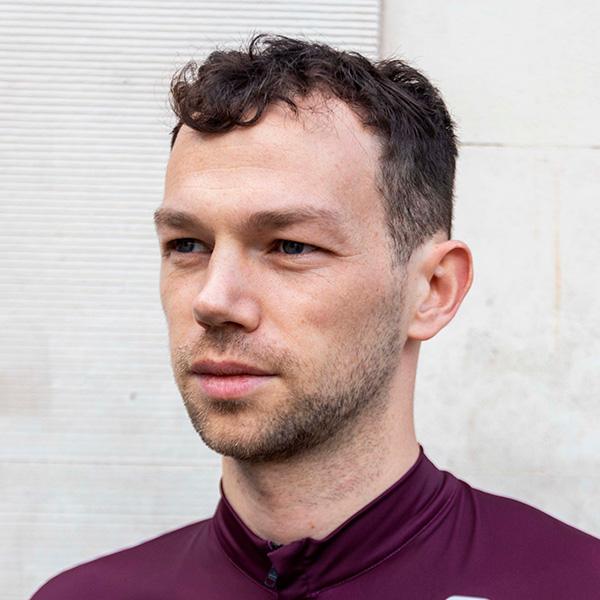Onguza has launched its first bike, a steel-framed gravel bike called the Gravel Model 1.
Displaying the Gravel Model 1 at the Bespoked Cycle Show in London, Dan Craven, the brand’s founder and a former professional cyclist, says the bike is intended to represent the small town of Omaruru, Namibia in Africa, where Onguza is based.
Craven says the bike also has features that should make it appealing to an international market.
Onguza first launched in 2021, but it is only now the brand has officially launched its first bike, with 15 framesets and five complete builds available.
Craven says when the bikes are gone, they are gone, and you will have to wait for Onguza to release a new batch of bikes in the future.
Why make a gravel bike?
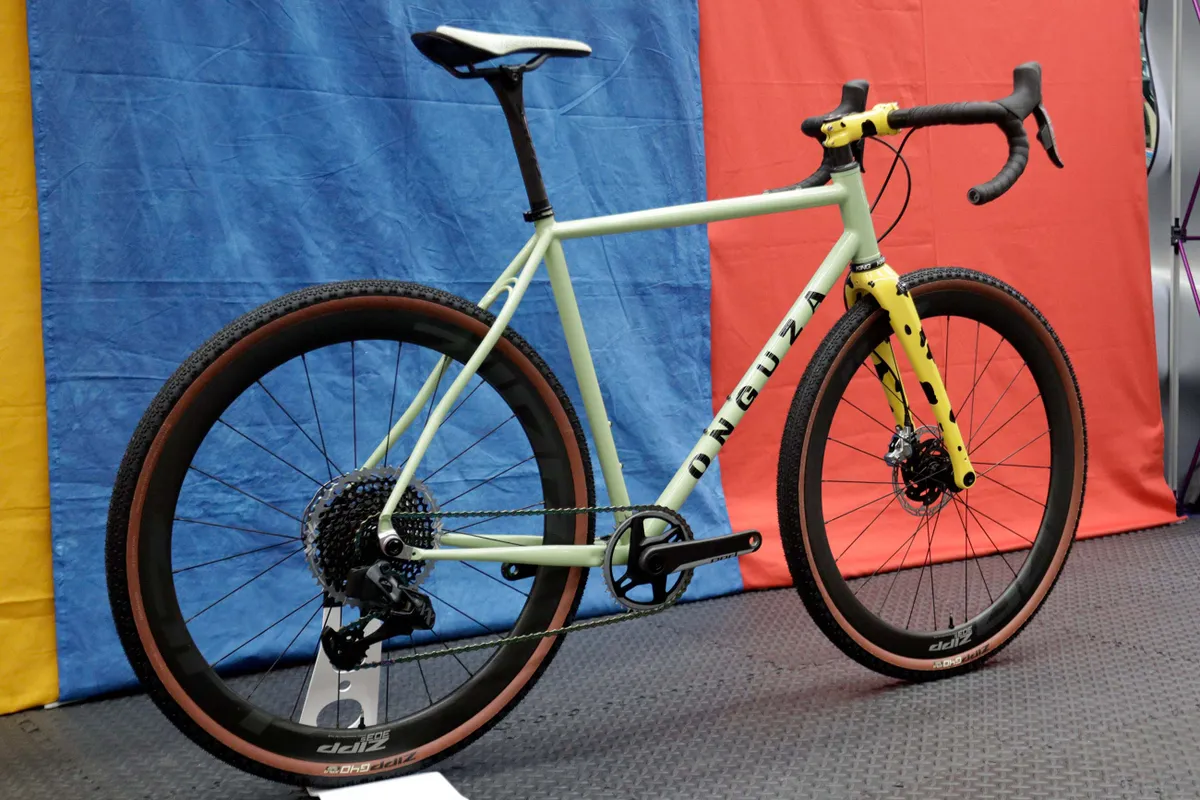
Craven spent his professional career racing on the road, completing the Vuelta España and being crowned the national road champion of Namibia four times.
He also planned to race an Onguza road bike at the Tokyo Olympics last year, before he had to withdraw after contracting Covid-19.
As a result, the fact that Onguza’s first publicly available bike is a gravel bike may seem unusual. Surely, the road racer would start a brand with a road bike?
However, the reason Onguza has launched a gravel bike first can be put down to an attitude Craven will share with many people who have taken to this style of bike.
“The reason gravel bikes are so popular is that you can do everything with them,” he explains.
“Even when I was living in Girona training for the Olympics, the only bike I had was a gravel bike.”
For Namibia and beyond
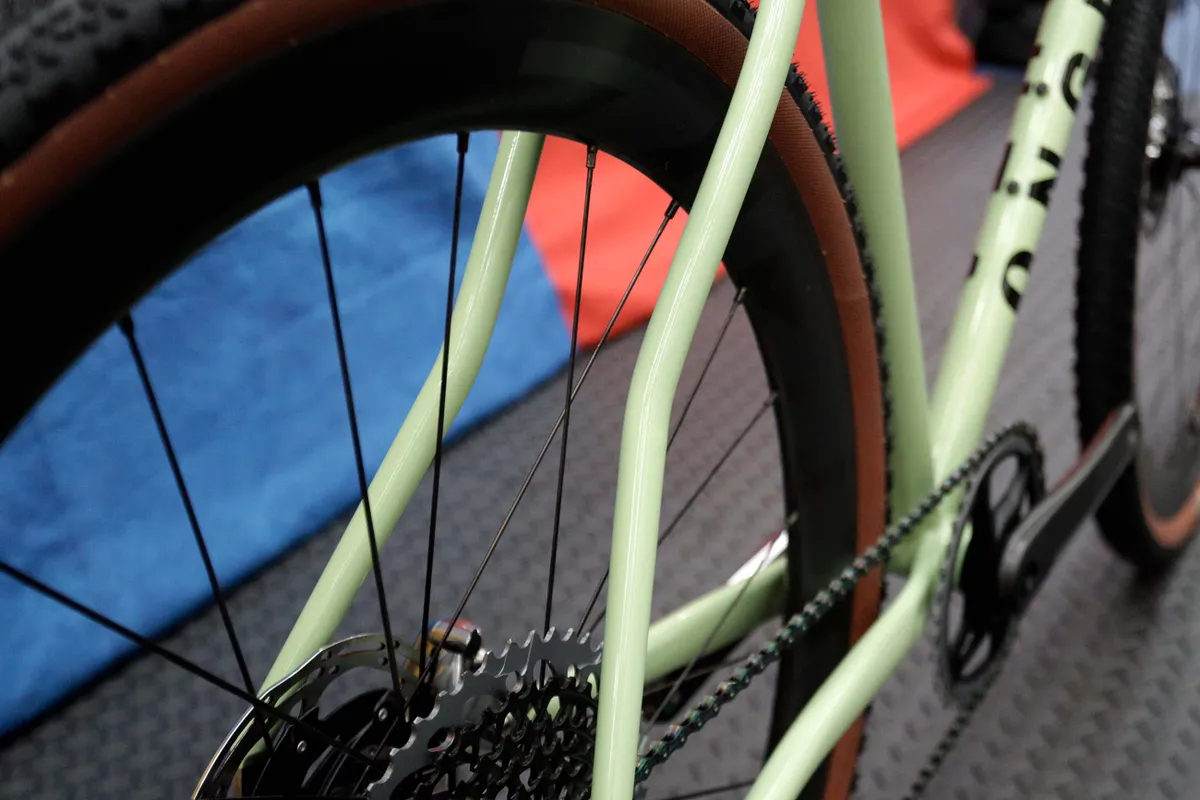
In a bid to make the Gravel Model 1 as versatile as possible, Craven has designed the bike to be fitted with 700x42mm gravel bike tyres.
Craven says in his time riding in the UK, Girona and elsewhere, this was the most popular gravel tyre size he saw.
He puts this down to the capability of the tyre off-road, but also the fact it doesn’t limit you too much on the road.
A gravel rider in London, for instance, is going to spend a lot of time riding on roads out of the city to find gravel tracks.
Having said this, Craven still wants the Gravel Model 1 to reflect where he lives in Namibia.
“I still want the essence of the bike to be so you are able to cycle across Africa,” says Craven.
To this end, you can fit 650b wheels into the Gravel Model 1’s frame for extra tyre clearance, which would help you take on the terrain around Omaruru.
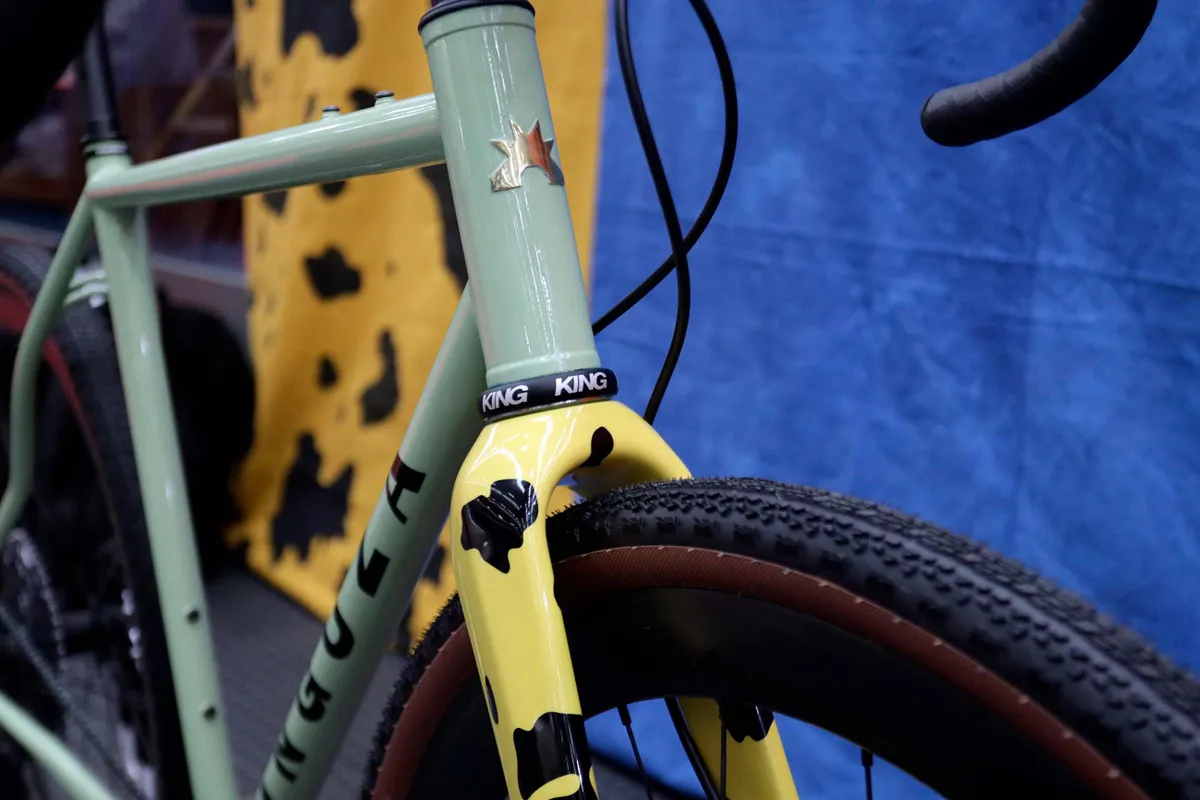
“If you want to ride around London on the bike, you can do that. But if you want to go to far-off, magical places, you can put other wheels on it and discover that magic,” says Craven.
In Namibia, the theory is that the bigger the tyre you run, the more comfortable the bike will be, due to its rigid frame.
But ultimately, Craven doesn’t see this as ideal for a global audience: he says a narrower gravel tyre will be more suitable for those needs.
The Gravel Model 1 might not be ‘correct’ with road wheels and tyres, but it will still be a great ride, according to Craven.
The beauty of small places and the practicality of standard frames
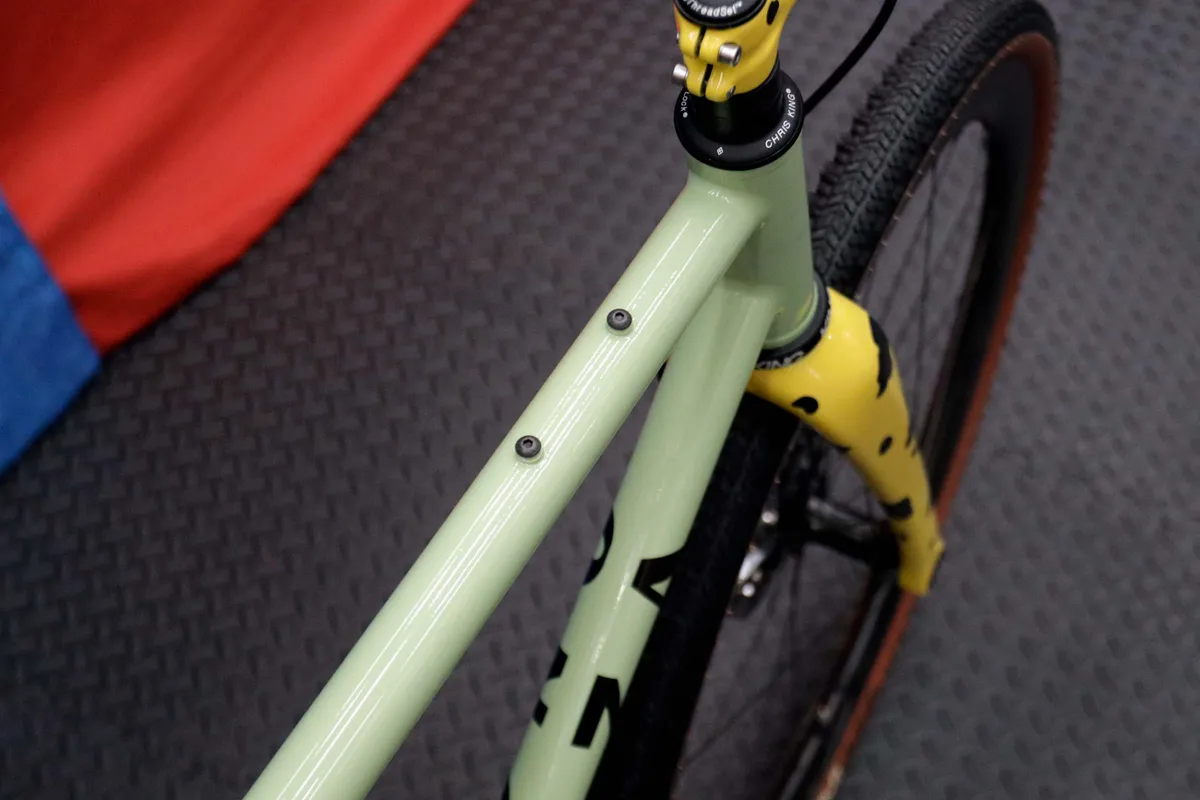
Having drawn on the expertise of the Bicycles Academy, Matthew Sowter of Saffron bikes and frame builder Robin Mather, Craven believes Onguza will make beautiful bikes – especially due to the skills of those he works with.
“Namibia’s a land of makers," Craven adds. "The skills people in Namibia have mean they can do things without tools – it’s amazing."
But Craven says he wants to build bikes that are “doing something else”.
“In a nutshell, I believe in the beauty of small towns. When you ride your bike through London, it’s a blur of people and things. But if you go out in the Scottish mountains, you’re not just going to cycle past another person.
“If you come to Namibia and you cycle on our gravel roads and see another cyclist, you are stopping. You’re getting off your bike to talk."
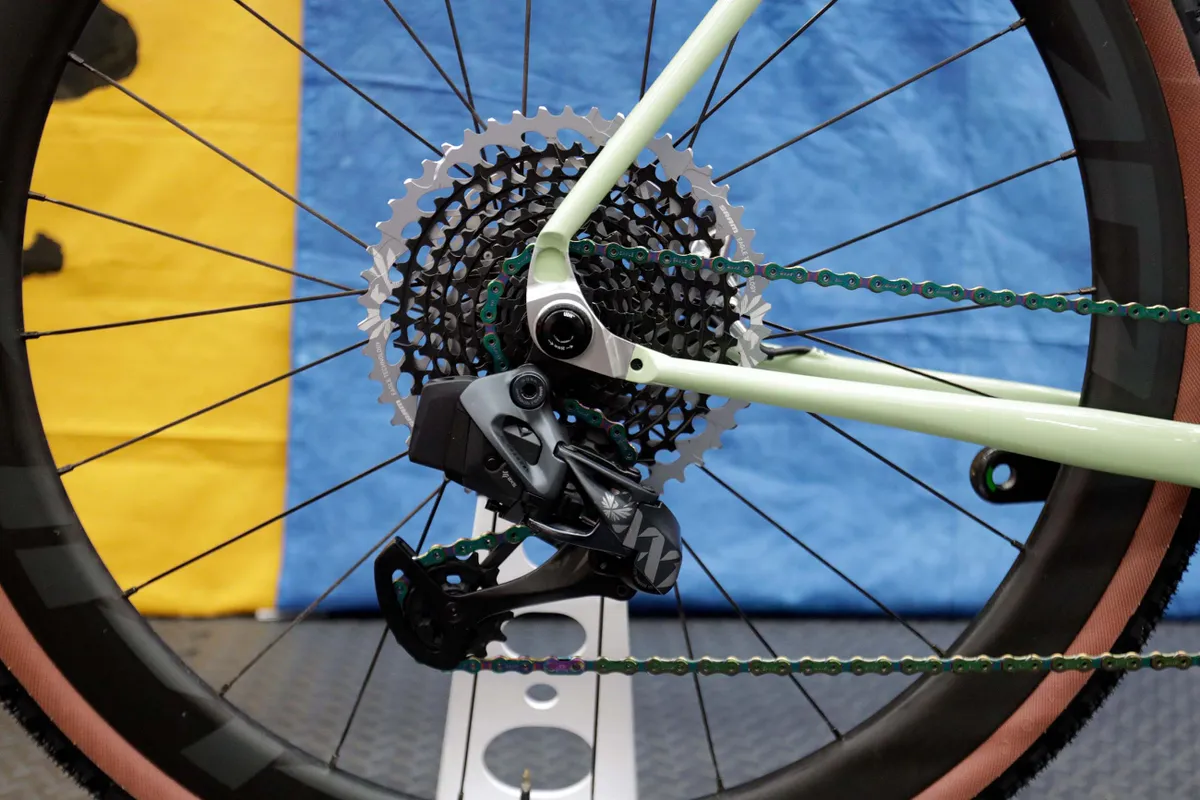
This is why the bike can fit 650b or 700c wheels, but also why it's available in stock sizing rather than as custom builds, like many of the other bikes on display at Bespoked.
“My faith in stock geometry is very different to people at Bespoked,” says Craven. He says he raced for many years on stock bikes, descending mountains at over 100kmph.
“My philosophy is there’s a time and a place for custom geometry, but I think your average person can be very happy on stock geometry,” adds Craven.
The other reason for creating bikes with stock rather than custom geometry is location.
Namibia is far away from many of the markets Craven wants to sell into, so building custom bikes is logistically hard.
Craven believes creating standard frames will enable Onguza to sell into these markets and help achieve one of his other aims: changing people’s perceptions of where he is from.
“People aren’t used to beautiful things coming out of Africa. So, what if you make something that goes overseas? Suddenly, it’s spreading the love and showing small towns can come out and be seen.”
